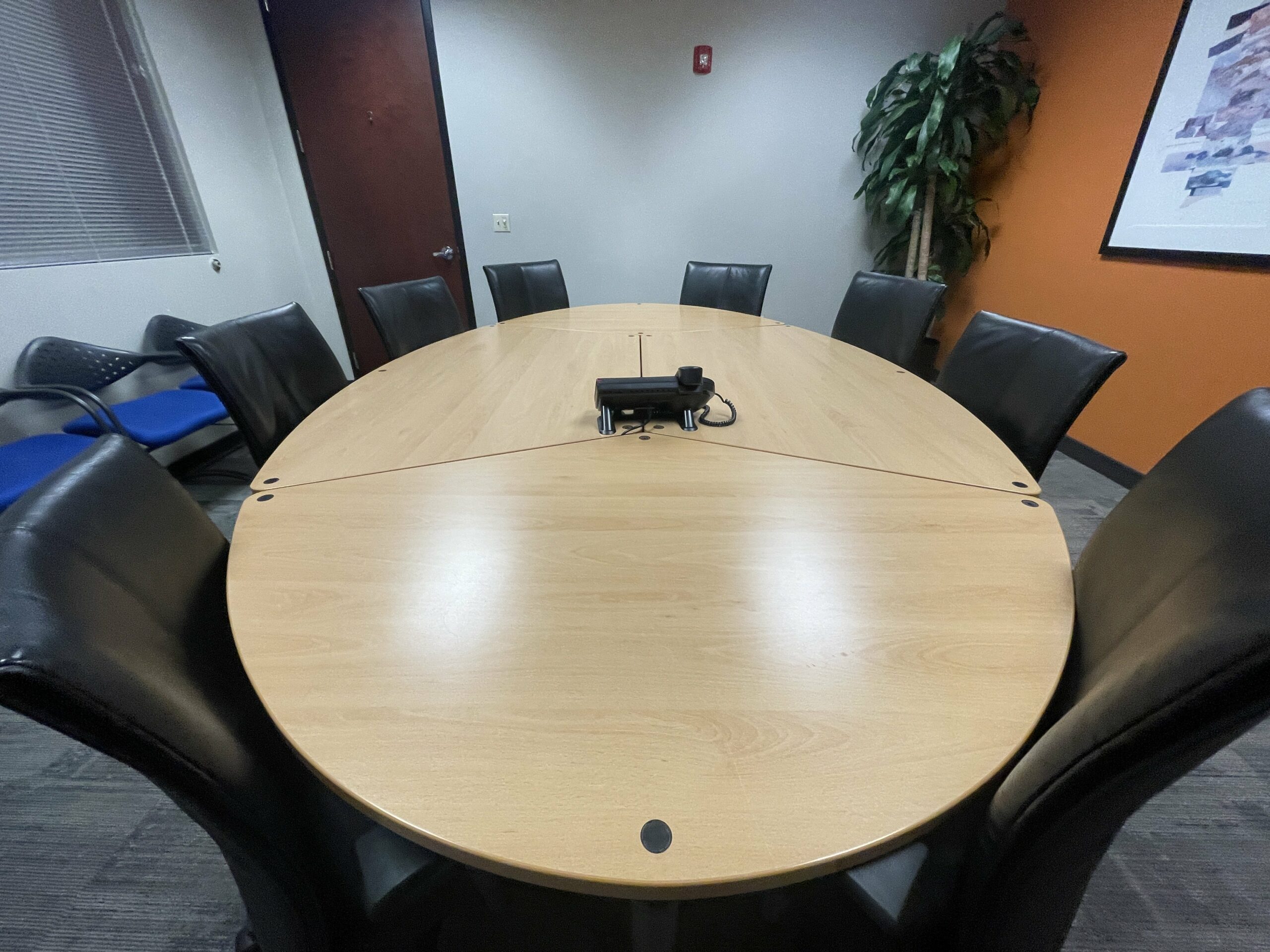Just How to Craft an Engaging Test Discussion That Wins Situations
In the world of trial campaigning for, the capacity to craft an engaging discussion is critical to safeguarding desirable results. A successful trial discussion needs a nuanced understanding of the court's demographics and prejudices, alongside a diligently organized narrative that flawlessly incorporates factual proof and psychological vibration.
Understand Your Target Market
Understanding your target market is a crucial component of crafting an effective trial presentation. The jurors, judges, and other individuals in a test originated from diverse histories, each having one-of-a-kind experiences and viewpoints. It is necessary to tailor your discussion to reverberate with these individuals.

By framing your arguments in a way that lines up with their worths and experiences, you can improve interaction and persuade them effectively. Eventually, a well-considered strategy to audience understanding can considerably impact the result of your discussion and, consequently, the test itself.
Framework Your Narrative
A well-structured story serves as the foundation of an engaging trial discussion. To achieve this, start with an engaging opening declaration that details the main style and establishes the tone for the discussion.
Next, present the facts in a rational sequence, guaranteeing that each item of proof builds on the previous one. This sequential progression helps jurors recognize the context and importance of each fact, consequently reinforcing your argument. It is necessary to weave in emotional components that reverberate with the jury, as this can evoke compassion and support for your setting.

Conclude with an engaging closing declaration that states your primary factors and leaves a long-term perception. Sum up the key takeaways and make a strong allure for the wanted verdict. By structuring your narrative efficiently, you can create a persuasive test presentation that not just informs but likewise mesmerizes and influences jurors in your support.
Utilize Aesthetic Help
Incorporating aesthetic aids into your trial discussion enhances the jurors' understanding and retention of details. Effective use aesthetic help can streamline complex information, making it a lot more available and engaging for the jury. Graphes, charts, timelines, and photos act as powerful devices to show essential factors and strengthen your story.
When selecting aesthetic aids, ensure they matter and straight sustain your situation. Each aesthetic should be clear, properly designed, and easy to recognize at a glance. Stay clear of messy slides or have a peek at this site extremely complex diagrams; simplicity is crucial. A well-organized timeline can successfully demonstrate the series of occasions, while a clear graph can succinctly offer stats that strengthen your argument.

Practice Effective Delivery
Practicing reliable delivery is crucial for making a long lasting impact throughout a trial discussion. The fashion in which you communicate your disagreements can significantly affect the jury's understanding and understanding of your instance. To accomplish this, concentrate on your tone, pace, and body language. A certain tone imparts count on, while a determined rate allows the audience to soak up intricate details.
Furthermore, maintaining eye contact with jurors fosters connection and engagement. Avoid reading directly from pop over to this site notes; instead, acquaint on your own with the product to make sure a much more natural shipment. Technique article source before coworkers or utilize tape-recording devices to assess your performance and change appropriately.
Integrating storytelling strategies can likewise boost your discussion, making it extra relatable and unforgettable. Usage stops briefly efficiently to emphasize bottom lines and allow the court to review the info provided.
Anticipate Questions and Objections
Reliable delivery establishes the stage for a compelling test presentation, yet expecting questions and objections is equally vital in securing the court's confidence. By preparing for potential questions and difficulties, attorneys can produce a more influential narrative and demonstrate their command over the instance.
Begin by identifying one of the most likely inquiries the court may have concerning essential evidence, witness credibility, or legal concepts. Creating clear, concise reactions beforehand will certainly not just strengthen your argument however also display your readiness. Take into consideration usual arguments from the rival advice-- whether concerning the admissibility of evidence or the relevance of particular points-- and prepare counterarguments that successfully resolve these problems.
In addition, preserve an adaptable attitude throughout the discussion. Take note of jurors' non-verbal hints; their body language may show confusion or skepticism. Being attuned to these signals permits real-time modifications to your delivery, giving quality when required.
Inevitably, preparing for inquiries and arguments changes potential weaknesses into staminas, reinforcing your setting and instilling higher count on the court. This proactive method not only boosts your reliability however additionally contributes considerably to the general performance of your test presentation.
Conclusion
An engaging test discussion demands a comprehensive understanding of the target market, a well-structured narrative, and the critical use of aesthetic help. Jointly, these elements add dramatically to shaping court perceptions and influencing instance end results, underscoring the value of meticulous prep work in the art of test presentation - Trial Presentations.